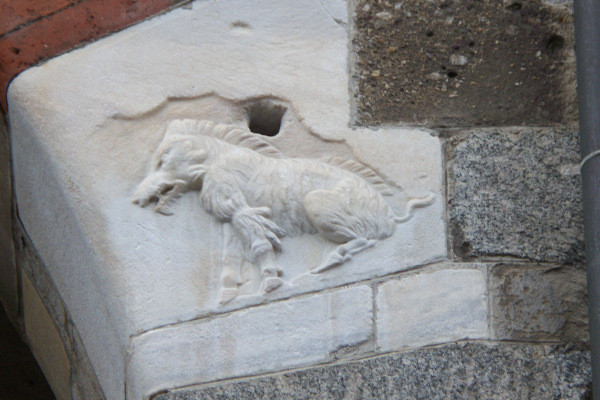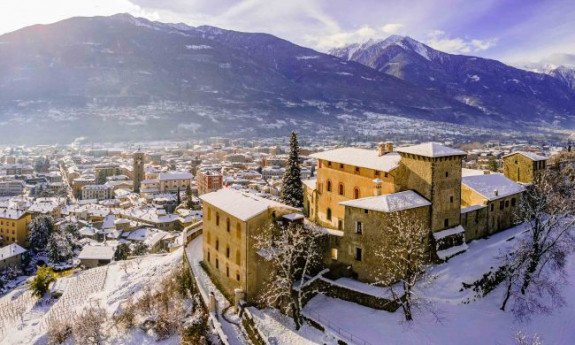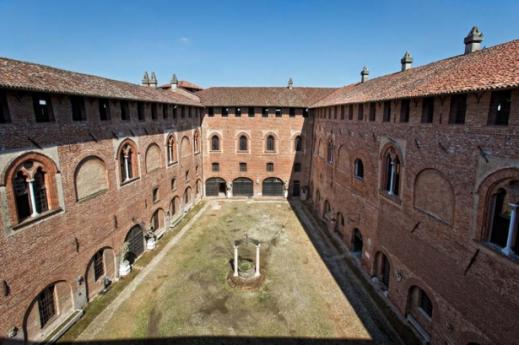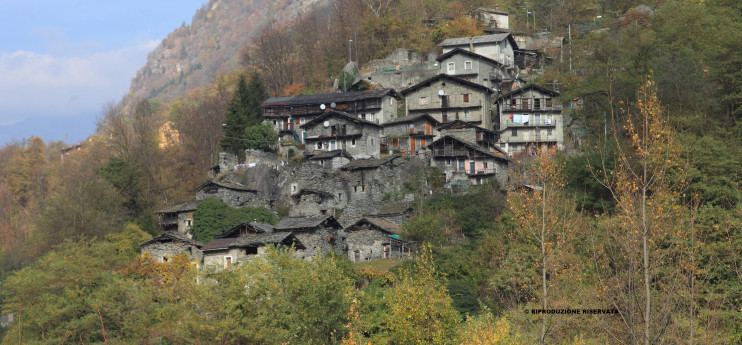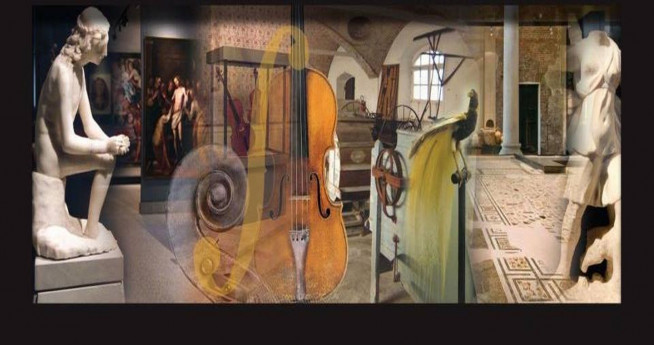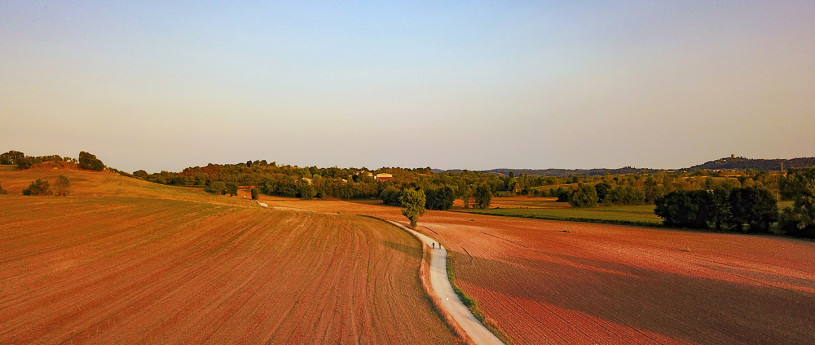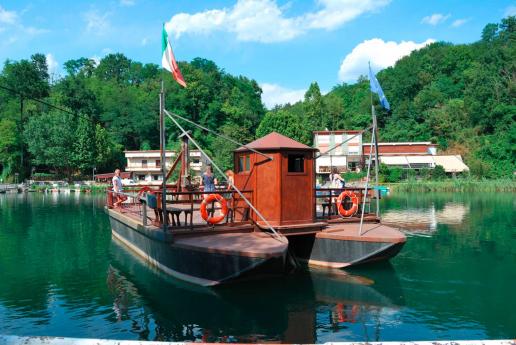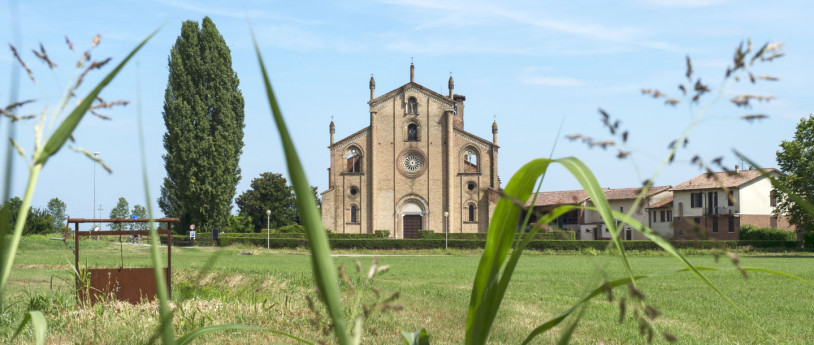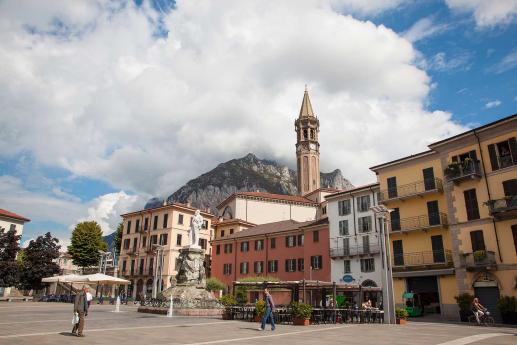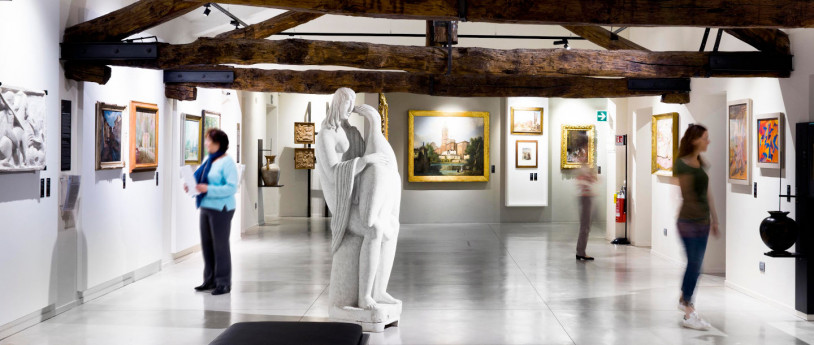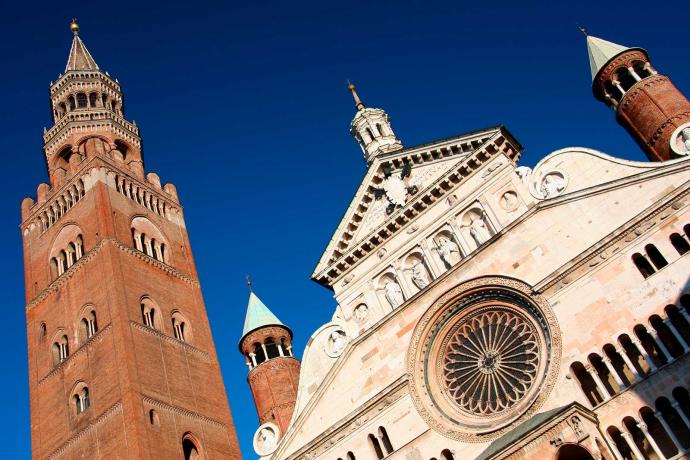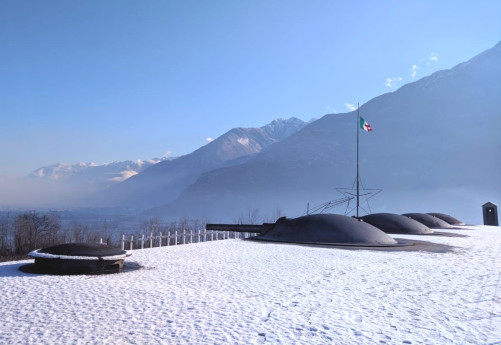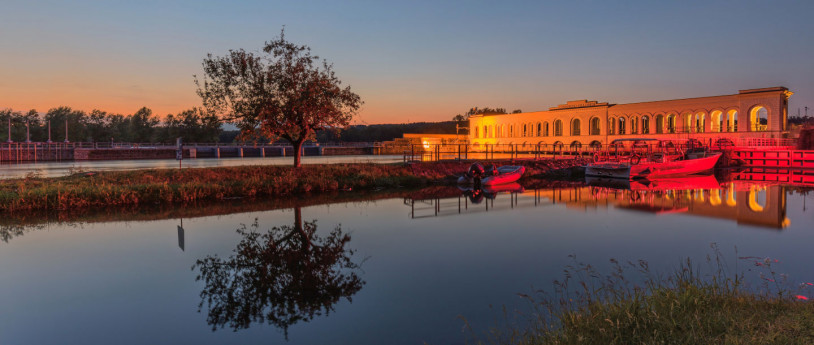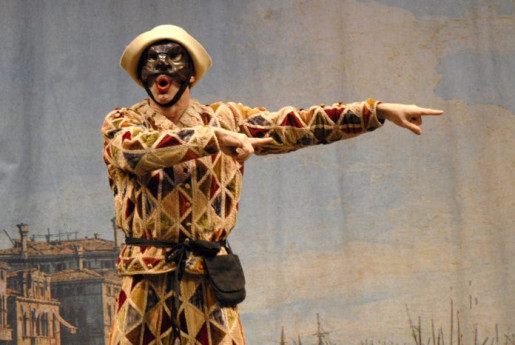- Art & Culture
Milan and its mysterious places
Witches, demons, symbols and legends make Milan a city full of mystery
Milan, like other Italian cities, has mysterious places and details that are often overlooked. These are always fascinating and interesting aspects that deepen one's knowledge of a place.
It seems strange to think of a somewhat esoteric Milan.... and instead there are mysterious places here as well.
At one time, witches were burned in Piazza Della Vetra. Even Alessandro Manzoni mentions in The Betrothed:"...burned in Via della Vetra de' cittadini...". Piazza delle Vetra is also associated with the gruesome 1913 murder of a prostitute named Rosetta, and a popular nursery rhyme reads, "On the thirteenth of August on a dark night they committed a crime. Police officers murdered an angel named the Rosetta. She was from Piazza Vedra Battea la Colonnetta...."
A mystery is also attached to the house number of Via di Porta Romana 3 linked to the sumptuous villa of Marquis Ludovico Acerbi. In 1630, despite the bad period that Milan was going through because of the plague, the marquis continued to flaunt his rich standard of living and from the windows of his house one could hear all the way to the street laughter, music, and large parties that took place while in the street, at the entrance of the residence, day after day, corpses were piled up. Despite the plague and the parties, the marquis always remained in good health, which is why it is said that he was the direct descendant of the devil. Some people, despite centuries having passed, still remember this legend, "Beelzebub once lived in Milan. In Corso di Porta Romana."
An ancient legend tells how underneath the Duomo there is a precious treasure hidden in medieval times by the Knights Templar. Among the esoteric symbols enclosed within the cathedral is a hole from which sunlight enters, generating a sundial that indicates the two summer and winter solstices and the position of the sun throughout the year. Another curiosity: where the Cathedral stands today, 2000 years ago it is said there was a Celtic temple, an oak forest inhabited by Druids.
One of the most mysterious and gloomy places in Milan is theossuary of San Bernardino built in 1268 by the Confraternity of Disciplines at 4 Via Carlo Giuseppe Merlo in downtown Milan. All the walls are decorated with bones arranged in a fanciful and macabre manner while the ceiling is covered with skulls whose eyes point from above at visitors. It is indeed a peculiar and evocative place to visit. Even today the exact origin of these bones is not known and there are several hypotheses. They could be the remains belonging to Christians killed by heretics before the year one thousand, they could be the victims of the plague of 1630, others still claim that they are the exhumations from the old hospital in the area, which was suppressed in 1652.
In the basilica of St. Ambrose, in the part in front of the Roman-era cathedral, there is a column known as the "Devil's Column." There are two holes on the column, according to an ancient legend representing the result of an encounter between St. Ambrose and the devil himself. Tradition says that sticking one's fingers in these holes purifies one from any evil eye and curses.
A little-known detail found in Milan is "The White Boar," which dates back to pre-Christian and pre-Roman Mediolanum but also the dedication of the Celts to this animal as it was considered a carrier of positive energies. It can be seen on a capital of Palazzo della Ragione, on Via dei Mercanti, in the heart of the city.
There are things called mysteries. There are things that are forbidden to talk about. There are things that people do not remember.
(Neil Gaiman)

